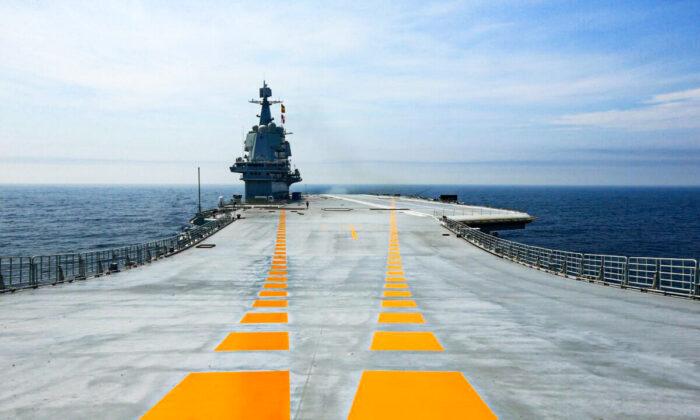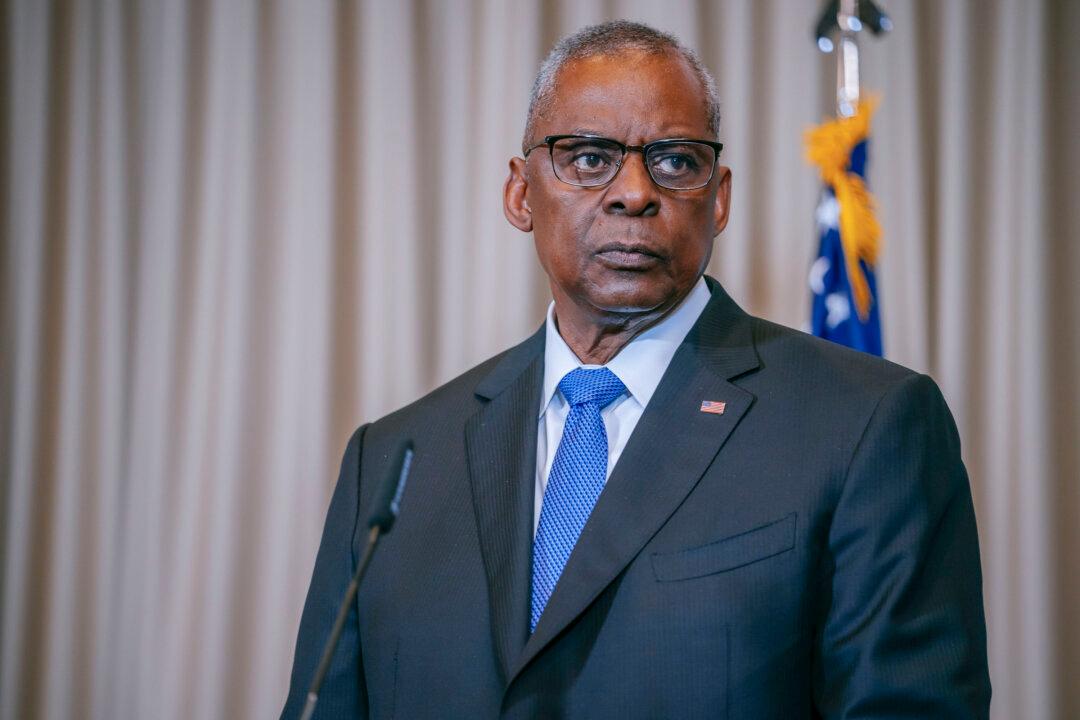China launched its third aircraft carrier on June 17, marking the latest step in the communist regime’s march toward military modernization.
The vessel is China’s first wholly modern aircraft carrier. It was preceded by the “Liaoning,” a retrofitted Soviet ship, and the “Shandong,” a domestically-built vessel that was designed and augmented off the plans for the Liaoning.
Though the vessel will not be fully operational until 2024, it is far and away superior in size and technology to both which came before it.
The feat means that communist China will join the United States and France as just the third nation in the world to deploy an aircraft carrier with such catapult systems.
It also ensures that China will remain second only to the United States in terms of the number of operational aircraft carriers. The United States currently maintains 11 carriers. Of those 11, the USS Ronald Reagan is the only one to be stationed outside of the United States, in Japan.
CCP General Secretary Xi Jinping has made massively expanding and modernizing China’s military a core part of his rule, and the regime’s growing fleet of aircraft carriers is a testament to that. The launch of the Fujian also comes at a time of international strife and a historic bottoming out of Sino-American relations.
In June, CCP Defense Minister Wei Fenghe threatened U.S. Defense Secretary Lloyd Austin over the continued de facto independence of Taiwan.
To that end, the CCP’s navy now numbers more than 360 vessels, and could feasibly also organize the hundreds of additional ships that make up China’s maritime militia.
According to Wood, however, that was a mistake, as only a small fraction of the United States’ global fleet would be capable of responding to crises in the Indo-Pacific.
“Oftentimes you’ll hear comparisons that the U.S. Navy has as many carriers as the next [so-many] countries combined, but only a percentage of that naval capability is available on any one day, and you have to take that and project that abroad,” Wood said.






Friends Read Free